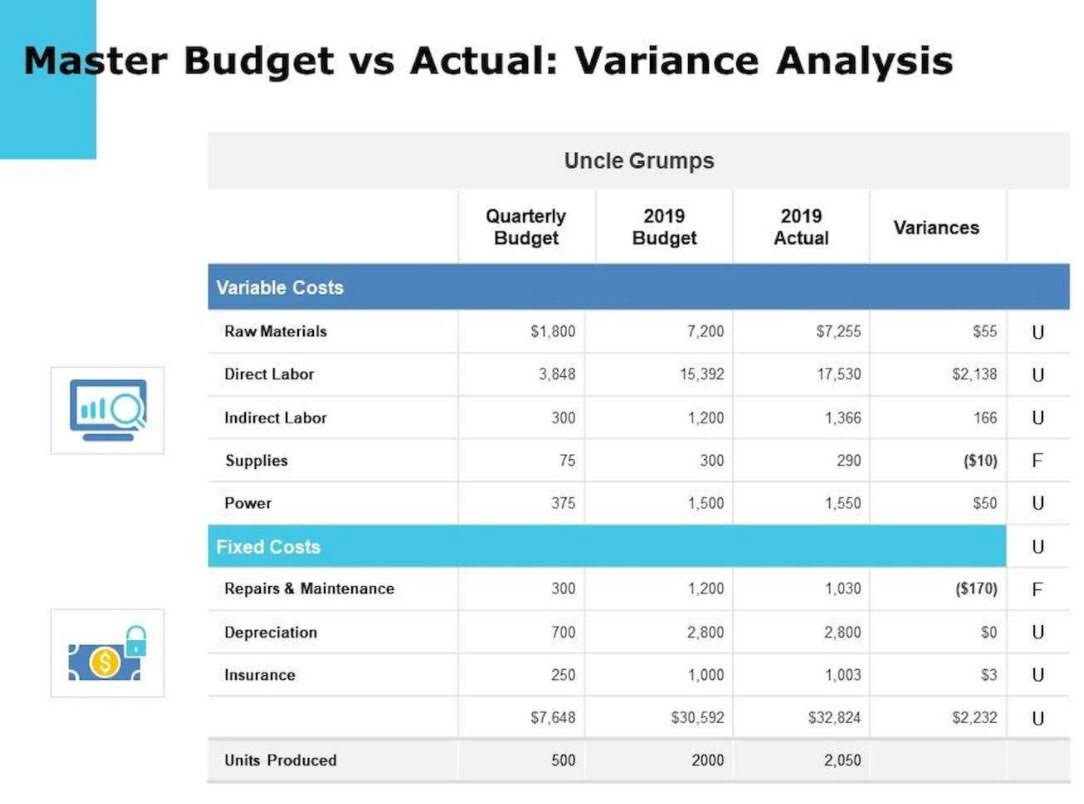
However, the functional expense categories of program, administrative, and fundraising costs are consistent for all nonprofits. Functional expense allocation statement of functional expenses can be done on the face of the statement of activities, in the notes to the financial statements, or as a separate statement of functional expenses (SFE). Most nonprofit organizations that have more than one program find the SFE the most effective method of recording expenses. While each of these reports has a direct for-profit parallel—the income statement, balance sheet, and cash flow statement respectively—the statement of functional expenses is unique to nonprofits.

Illustration of the Statement of Financial Position and the Statement of Activities
While donors expect to see most of a nonprofit’s expenditures allocated towards program services, they might question a very aggressive program services allocation. Thus, when working on the retained earnings allocation of functional expenses, an organization must have a thorough understanding of the correct methodology and processes in place. As with any other accounting-related matter, documentation to support the allocations is the key. In addition to these direct purposes, the indirect benefit that the statement of functional expenses provides is increased transparency with donors and other stakeholders in your organization. This helps donors trust that you’ll handle their contributions appropriately, encouraging them to continue supporting you.
Fundraising vs. Overhead
- In the United States, nonprofits are typically organized as 501(c)(3) organizations, as per the Internal Revenue Service (IRS), which explains their unique tax treatment due to their focus on public welfare activities.
- Following these requirements also enables you to provide transparency to contributors and regulators about how you used resources to achieve your organization’s mission.
- Management will allocate these items based on estimates, considering the nature of the expense and how it relates to the functional category.
- Most state and federal documents that you will need to file to maintain your 501(c)(3) status will ask that you categorize expenses by function rather than nature.
- By methodically categorizing and substantiating these expenses, the nonprofit ensures adherence to financial guidelines and optimizes its operational budget.
- Program Services are the costs related to providing programs in accordance with your organization’s mission.
- The preferred way to charge expenses for various functions is by direct identification.
Nonprofit organizations serve in a variety of sectors, such as religious, education, health, social services, commerce, amateur sports clubs, and the arts. 2025 Federal Funding FAQ’s As federal policies continue to evolve, nonprofit organizations must stay informed about executive actions that may impact their operations, funding, and compliance requirements. Tyler’s extensive background in accounting, tax, and financial consulting set the foundation for Velu’s outsourced accounting solutions for nonprofits and small businesses.
- If you have any questions about joint costs, check out our blog “Is My Nonprofit Allocating Joint Costs Properly?
- For example, if an organization provided scholarships to 50 individuals in the amount of $200 each, the sum of $10,000 in scholarships would be reported on a single line in Part III.
- As you review your organization’s statement of functional expenses, don’t worry if it doesn’t exactly follow the 65/35 rule.
- This dual classification approach ensures compliance and provides stakeholders with deeper insights into your nonprofit’s financial management.
- To better grasp functional expense allocation, it helps to understand why it’s important for nonprofit organizations in particular to report their expenses by function.
- Nicole is now recognized as one of the top Healthcare CPAs in Oregon and is a frequent speaker at healthcare educational conferences and events.
Functional Expenses – What They Are and Why They Matter

The gift permits Delta to spend all income generated by the original gift and matching fund, which includes interest and dividends as well as realized and unrealized gains and losses on the underlying investments. In addition, Delta may reduce the matching fund balance by no more than $200,000 per year, either by reflecting unrealized losses on the investments or by expenditures. Applying the same policy as discussed above in the major repairs and replacements account, Delta accounted for the $3 million matching fund as restricted cash and in temporarily restricted net assets.
NET ASSET CLASSIFICATIONS
There are different principles in nonprofit accounting and surrounding function expenses. When handling your organization’s finances, it’s important to have a thorough understanding of all aspects of your organization’s income and expenses. To help you do this, we’ve created this complete guide to functional expenses for nonprofits and other nonprofit bookkeeping and accounting resources. In our next post, Understanding Functional Expenses – Part 4 of 4, we go over options for tracking and reporting functional expenses in QuickBooks (or other bookkeeping software).


Once validated, format the statement in a clear, accessible manner for stakeholders, board members, and auditors. An accurate and well-prepared statement of functional expenses not only meets regulatory requirements but also supports strategic decision-making and builds donor trust. Take the hassle out of preparing your statement of functional expenses with our nonprofit accounting and management software. In this sample statement, the columns of the table represent the three categories of functional expenses. The categories represented by the rows are often referred to as natural expenses, which organize expenditures based on the nature of the payment rather than its end goal. Additionally, this is often how transactions are recorded in your accounting system Accounting Security as they occur.